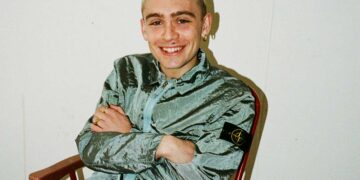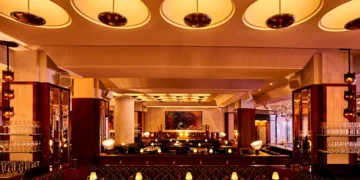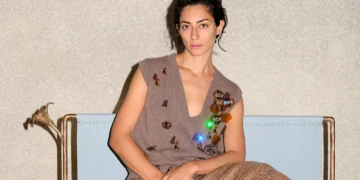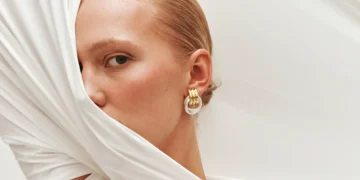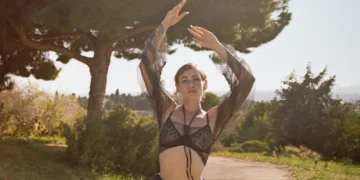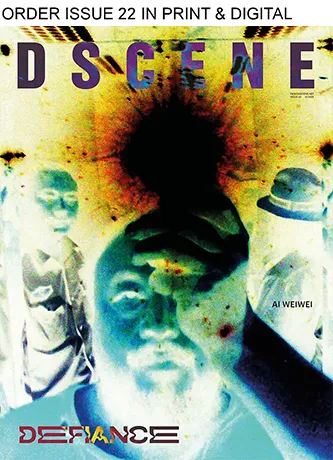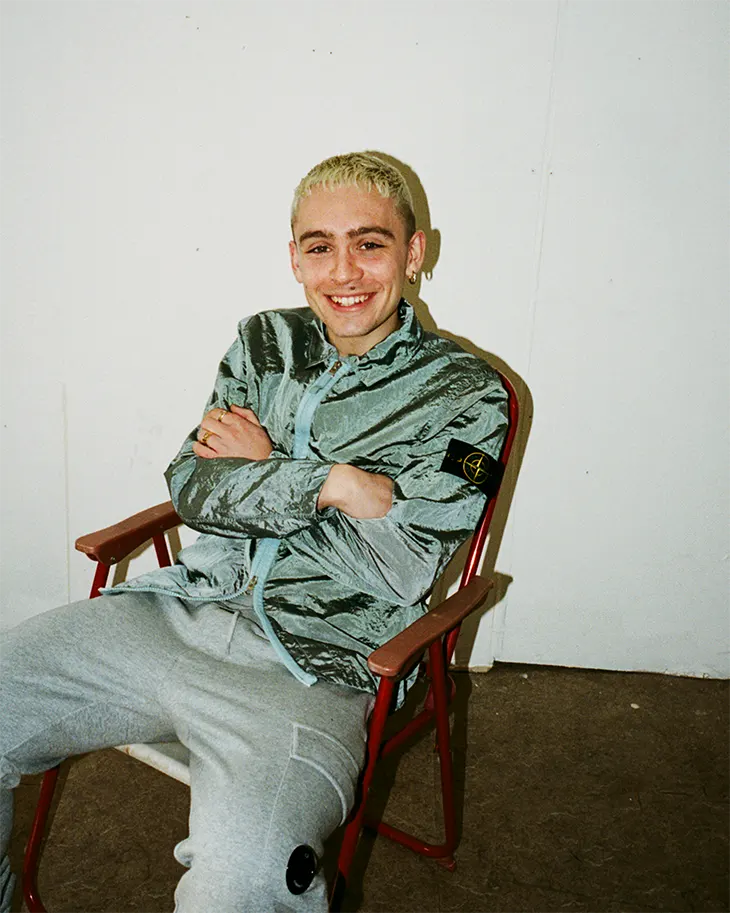
Corbin Shaw is a British artist based in East London who uses his work to explore masculinity, identity, and belonging. Growing up in a South Yorkshire ex-mining town, Shaw experienced firsthand the cultural expectations placed on young men. His practice reflects a desire to challenge those traditional norms, using textiles and mixed media to reimagine masculine symbols and objects. Shaw’s art pays homage to the environments that shaped him—the pub, the football pitch, and the boxing gym—while critically examining the stereotypes associated with these spaces.
INTERVIEWS
Shaw’s recent exhibition, ‘Eurotrash’ at Spazio Maiocchi, presents an exploration of the shifting identity of Britain post-Brexit. Through bold imagery and symbolism, Shaw dissects the cultural fractures that have intensified since the country’s departure from the European Union. The exhibition invites viewers to reflect on themes of national pride, disillusionment, and the complicated heritage of a nation at odds with itself. By juxtaposing historical references with modern social commentary, Shaw paints a vivid picture of a divided Britain—one caught between nostalgia for the past and uncertainty about the future.
In this exclusive interview for DSCENE Magazine with editor Anastasija Pavic, Corbin Shaw gives insight into the personal experiences and inspirations that drive his work.
When did you realize that art, not sports, was your true calling, and how did your family react to that?
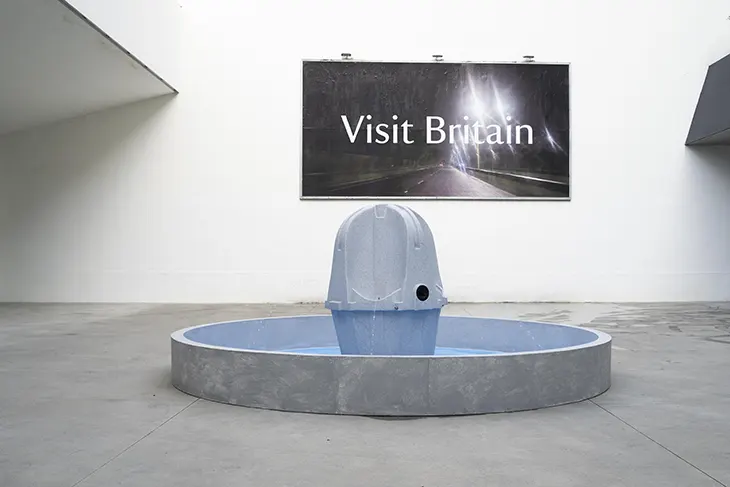
Your upbringing in Sheffield plays a significant role in your work, especially the portrayal of masculinity. How did your experiences growing up influence your perspective on “lad culture” and how you address it in your art?
Yeah, I think being creative but growing up around my dad, who was a stereotypical northern man, meant I spent a lot of time in hypermasculine spaces—like pubs, football grounds, gyms, and boxing clubs. I was like a sponge, absorbing everything I saw and heard. I wanted to understand why I felt so out of place in those spaces. It wasn’t until I left my hometown of Sheffield that my upbringing started to make sense.
“I am as much a part of the work as it is of me.”
What was the turning point that made you decide to use art as a medium to challenge traditional masculinity?
When I was done trying to please other people with my work and started making work that I wanted to make, for me.
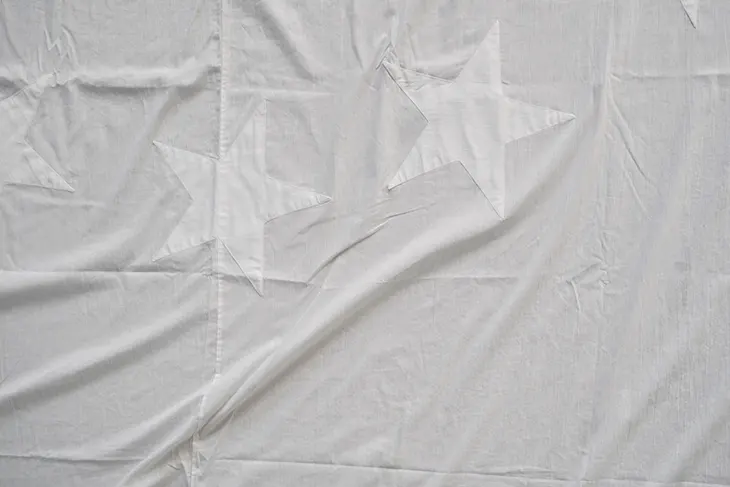
Your work often blurs the line between pride and irony, particularly with regards to British identity. How do you navigate that duality in your creative process?
How does the urinal fountain in Eurotrash relate to the themes of discontent that are explored throughout the exhibition?
It’s meant to be a bit of hope in a dismal place—a wishing well for a better Britain or simply a better future for yourself. It’s also a reference to the fountains in Trafalgar Square that England fans jump into at any opportunity to celebrate.
“When I was done trying to please other people with my work and started making work that I wanted to make, for me.”
How has your desire to keep your art within reach of the communities that inspire it shaped your choices, such as going independent?
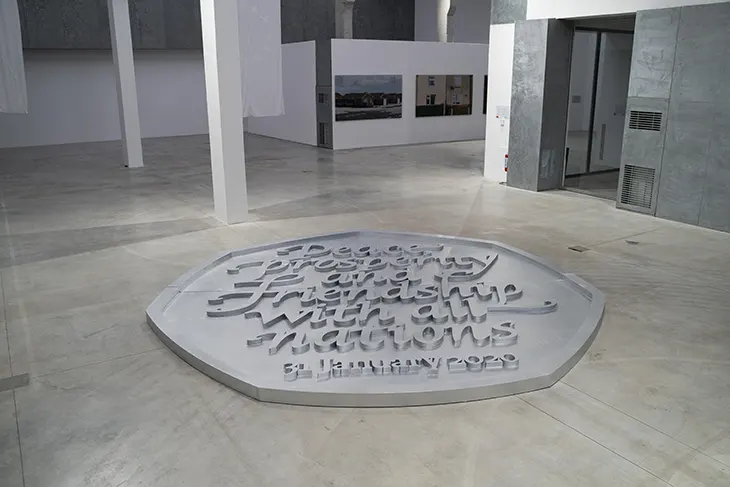
Do you ever feel a conflict between the rawness of your message and the polished presentation expected in the art world?
I think it could be more ‘raw’ to be honest.
Are there any moments when you felt like giving up on your artistic journey? What kept you going?
Yes! It is incredibly hard, but my girlfriend, friends, and family all keep me motivated and inspired. Thanks to them.
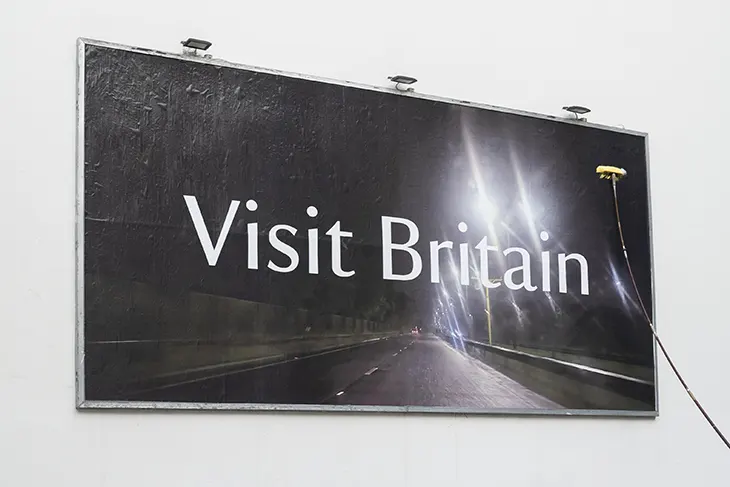
What does “home” mean to you now?
